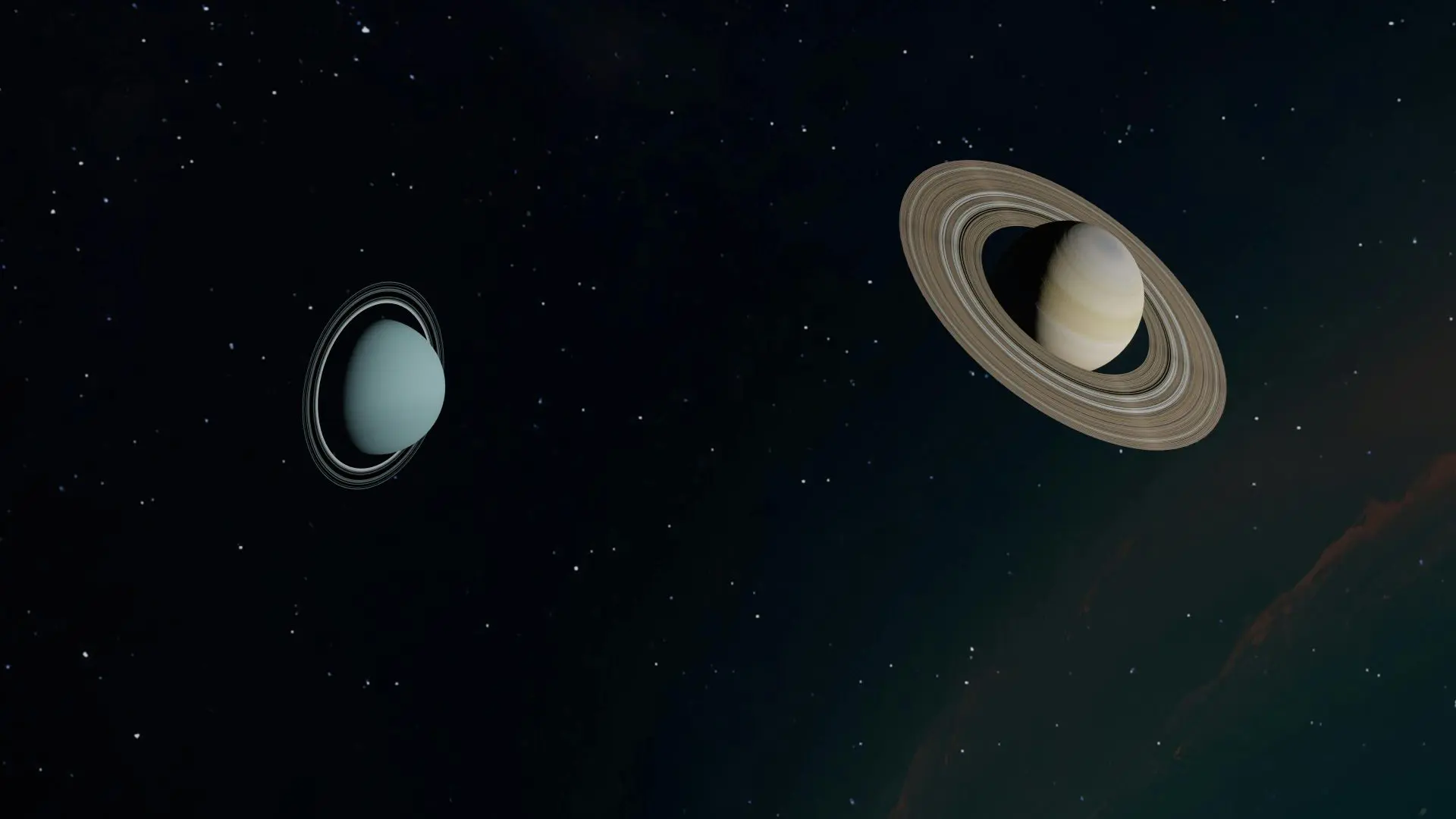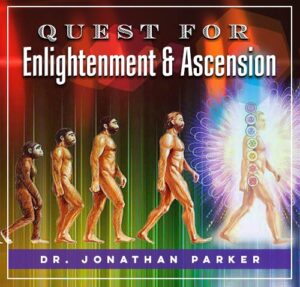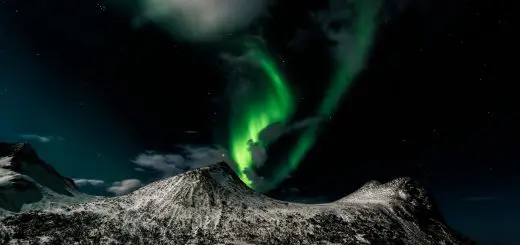Is the Universe Alive? Exploring the Cosmic Questions

Looking for more amazing products? Check out our online store and explore our collection here! Happy shopping!
Before diving in, please note: This post is for informational purposes only. If you’d like to know more about how we approach topics, feel free to check out our friendly Disclaimer Page.
Hey there, amazing readers! 
We’re committed to delivering quality posts, and your support (even just sticking around despite the ads) means everything to us. So, bear with us, and thanks for helping us keep the good vibes rolling. Now, on to the fun stuff!
TRANSLATE BUTTON AT THE END OF THE ARTICLE
A Quick Overview
Have you ever gazed up at the stars and wondered if the universe is alive?
It’s a captivating question, one that stirs the imagination and beckons us to explore the cosmos beyond our earthly concerns.
When we ponder the universe as a living entity, we dive into a fascinating blend of philosophy, science, and creativity.
This article takes you on a journey through cosmic questions, exploring ancient philosophies, the interconnectedness of all beings, and the mysteries of dark matter.
So grab your favorite beverage, settle in, and let’s embark on this cosmic quest together!
What Does It Mean for the Universe to Be Alive?
When we ask if the universe is alive, we touch on profound concepts.
Traditionally, life is defined by characteristics like growth, reproduction, response to stimuli, and metabolism.
But applying these criteria to the universe is tricky.
Consider this: the universe is constantly expanding.
Galaxies collide, stars are born, and supernovae explode.
These dynamic processes bear a resemblance to life cycles.
Is the universe, then, like a living organism undergoing its own life stages?
Philosophers like Aristotle saw the cosmos as a living entity, infused with purpose.
In this view, every star, planet, and comet plays a role in a grand narrative.
However, modern scientific discourse tends to shy away from attributing life to the universe.
Instead, it interprets these processes as natural phenomena.
Instead of life in a biological sense, some suggest the notion of the universe having a "vitality." This idea posits that the universe is vibrant and full of energy—an interconnected web of forces that allows for change and growth.
Ultimately, whether we perceive the universe as alive may depend on our perspective.
Are we looking for a heartbeat, or can we find life in the dance of galaxies?
Exploring Ancient Philosophies on Cosmic Life
Ancient civilizations regarded the cosmos as a living entity.
Many cultures, including the Greeks and Indigenous peoples, viewed the universe as interconnected.
The Greek philosopher Plato described the universe as a "living being" filled with a "soul." This soul, he believed, connected all parts of the cosmos.
In many Indigenous cultures, the universe is seen as a family of spirits.
Nature, stars, and celestial events are seen as living relatives, deserving of respect and reverence.
This perspective fosters a sense of responsibility towards the earth and beyond.
The ancient Chinese philosophy of Daoism embraces a cosmic balance.
The concept of Qi, or life force, flows through everything.
In this view, the universe breathes, and we are part of that breath.
These ancient philosophies remind us that our understanding of life is not limited to biological definitions.
Instead, they encourage us to recognize the interconnectedness of all things and to honor the universe as a sacred space.
Explore the Path to Spirituality and Enlightenment – Start Here.
The Role of Consciousness in the Universe’s Existence
Consciousness raises fascinating questions about the universe.
Some argue that consciousness is not confined to humans; it could be a universal phenomenon.
Does the universe possess a form of consciousness?
The idea of panpsychism suggests that consciousness exists at some level in all things.
Imagine a universe where every particle has a degree of awareness.
In this scenario, the cosmos isn’t merely a backdrop for life; it plays an active role in existence.
This perspective aligns with quantum physics.
The observer effect demonstrates that the act of observation can influence the behavior of particles.
Could our consciousness shape the universe in ways we don’t yet understand?
Philosopher David Chalmers argues that consciousness poses a "hard problem." How do subjective experiences arise from physical processes?
This enigma hints that our perception of the universe is intertwined with consciousness itself.
Ultimately, the relationship between consciousness and the universe invites us to ponder our role within this cosmic tapestry.
Are we mere spectators, or do we hold a key to the universe’s essence?
Are Stars and Galaxies Living Beings in Their Own Right?
Stars and galaxies have their own stories.
They are born, evolve, and die, much like living organisms.
Take a moment to think about it: stars form from clouds of gas and dust, fuse elements in their cores, and, when their time is up, explode spectacularly in supernovae.
In a way, we could consider stars to be like the universe’s heartbeats.
Each pulsating star contributes to the cosmos’ rhythm.
Galaxies, on the other hand, can be viewed as vast communities, housing billions of stars.
They merge, collide, and dance through the cosmic ballet.
Some scientists propose that stars could be classified as living entities due to their processes.
The energy they produce is essential for life on planets like Earth.
They provide light, warmth, and the essential elements needed for biological processes.
Moreover, the "life cycle" of a galaxy involves interactions with its surroundings.
It consumes gas, forms stars, and can even be cannibalized by other galaxies.
This dynamic existence mirrors biological life in ways we often overlook.
So, are stars and galaxies alive?
While they may not fit our traditional definitions of life, they exhibit behaviors that make us ponder their essence.
The Science of Cosmic Evolution and Vitality
Cosmic evolution is a captivating story.
From the Big Bang to the present day, the universe has undergone incredible transformations.
It’s like a cosmic journey, full of ups and downs, much like a life well-lived.
After the Big Bang, matter cooled, leading to the formation of stars and galaxies.
Over billions of years, these entities evolved, merging and forming new structures.
This evolution is driven by fundamental forces, such as gravity, electromagnetism, and nuclear forces.
The concept of entropy also plays a role.
The universe tends towards disorder.
However, in this chaos, new forms of order emerge.
Stars burn brightly, creating heavier elements, which eventually contribute to the creation of planets and, in time, life.
This ongoing process reflects the universe’s vitality.
It’s a complex dance of creation and destruction, where every event serves a purpose in the grand design.
Understanding cosmic evolution helps us appreciate the universe’s dynamic nature.
It’s a reminder that change is a constant, and life—whether biological or cosmic—thrives on transformation.
How Energy Flows Through the Universe’s Fabric
Energy is the lifeblood of the universe.
It flows in countless forms, from stellar radiation to gravitational waves.
This energy exchange shapes the cosmos, influencing everything from star formation to the movement of galaxies.
Take light, for example.
It travels across vast distances, connecting celestial bodies.
When we gaze at stars, we’re witnessing energy that has journeyed for millions of years.
This connection creates a sense of unity across the cosmos.
Moreover, the cosmic microwave background radiation is a remnant of the universe’s birth.
It’s a pervasive energy field that permeates space, a constant reminder of the universe’s origin.
In addition to light, gravitational interactions play a crucial role.
Gravitational waves, ripples in spacetime caused by massive events, carry energy across the universe.
These waves whisper tales of cosmic collisions and the birth of black holes.
Recognizing how energy moves through the universe fosters a deeper understanding of its vitality.
We are all part of this grand energy exchange, interconnected and vibrant.
Can We Find Evidence of Life Beyond Our Planet?
The quest for extraterrestrial life has fascinated humanity for centuries.
From the ancient Greeks to modern scientists, we’ve sought to answer the age-old question: Are we alone?
The search for life beyond Earth has intensified with advancements in technology.
Telescopes can now detect exoplanets in the habitable zone of their stars—regions where conditions might support life.
Consider the discovery of extremophiles on Earth.
These organisms thrive in extreme environments, such as deep-sea vents and acidic lakes.
Their existence expands our understanding of life’s potential on other planets.
Mars, with its ancient riverbeds and potential subsurface water, remains a prime candidate for exploration.
Additionally, moons like Europa and Enceladus, with their icy crusts and possible subsurface oceans, may harbor life.
While we haven’t yet found concrete evidence, the universe is vast.
Our search invites us to ponder the nature of life itself.
What if alien life forms exist in ways we cannot yet comprehend?
The search for extraterrestrial life encourages us to remain curious and open-minded.
After all, the universe is a mystery waiting to be solved.
Unraveling the Mysteries of Dark Matter and Dark Energy
Dark matter and dark energy are two of the universe’s biggest enigmas.
Together, they make up about 95% of the cosmos, yet we have hardly scratched the surface of understanding them.
Dark matter doesn’t emit light; its presence is inferred from gravitational effects on visible matter.
It holds galaxies together, preventing them from flying apart.
Think of it as the glue that binds the universe.
Dark energy, on the other hand, drives the universe’s accelerated expansion.
It’s like a mysterious force pushing everything apart.
Researchers are working tirelessly to unlock the secrets of these phenomena.
Some theorize that dark matter may have properties that connect it with other dimensions.
Others speculate that dark energy could be a form of cosmic consciousness.
As we delve deeper into these mysteries, we inch closer to understanding the universe as a whole.
Imagine the awe of discovering that dark matter and energy play roles in the universe’s vitality!
The Interconnectedness of All Cosmic Entities
Everything in the universe is connected.
From the tiniest particles to the largest galaxies, we are all part of a grand cosmic web.
This interconnectedness invites us to reflect on our place in the universe.
Think about it: the atoms in your body were forged in the hearts of stars.
You are literally made of stardust!
This connection transcends time and space.
Moreover, the gravitational forces between celestial bodies shape the cosmos.
The movement of planets affects the stability of their solar systems, while galaxies influence each other’s evolution through interactions.
This interconnectedness fosters a sense of unity.
It reminds us that we are not isolated; we are part of something bigger.
The universe breathes, reacts, and evolves as a whole.
Recognizing our interconnectedness urges us to approach our existence with gratitude.
Every moment is a chance to appreciate the cosmic dance that sustains us.
How Quantum Physics Challenges Our Understanding of Life
Quantum physics flips our perception of reality on its head.
It introduces concepts that challenge traditional views of life and existence.
For instance, the idea of superposition suggests that particles can exist in multiple states simultaneously.
This quirkiness raises fascinating questions: Could life itself exist in a state of potentiality?
Are we all manifestations of possibilities?
In the quantum realm, observation plays a central role.
The act of measuring can alter outcomes.
This phenomenon invites us to contemplate the relationship between consciousness and reality.
As we delve into quantum entanglement, we find that particles can be connected across vast distances.
This interconnectedness hints at a deeper unity in the universe—one that transcends our traditional understanding of space and time.
Embracing quantum physics encourages us to think outside the box.
It inspires us to explore the mysteries of existence and our place within the cosmos.
The Search for Extraterrestrial Intelligence: A Cosmic Quest
The quest for extraterrestrial intelligence (SETI) is both thrilling and daunting.
For decades, scientists have scanned the skies for signals from other civilizations.
The idea of finding intelligent life beyond Earth ignites our imaginations.
SETI employs advanced technology to listen for radio waves and other signals.
We’ve launched missions to Mars and beyond, seeking signs of life in the solar system.
However, what if extraterrestrial intelligence exists in forms we can’t recognize?
Maybe they communicate through vibrations, colors, or even entirely different senses.
The Fermi Paradox poses an intriguing question: If the universe is so vast and old, why haven’t we found any signs of intelligent life?
This conundrum forces us to reconsider our assumptions and expand our search.
The exploration of extraterrestrial intelligence encourages a sense of wonder.
It beckons us to question our place in the universe and aspire to connect with other sentient beings.
Concluding Thoughts: Is the Universe Truly Alive?
As we’ve journeyed through the cosmos, we’ve encountered profound ideas about life and existence.
The question of whether the universe is alive remains open to interpretation.
While some may argue that the universe exhibits characteristics of life, others may hold firm to traditional definitions.
Regardless, the universe’s dynamism, interconnectedness, and mysteries inspire awe and curiosity.
We stand at the edge of understanding, peering into the vast unknown.
By embracing wonder and exploration, we can continue to uncover the cosmic mysteries before us.
So, is the universe alive?
Perhaps the answer lies not in a definitive yes or no but in the beauty of exploration itself.
Together, let’s continue our cosmic quest, eager to discover what lies beyond the stars.

The Enlightenment Journey is a remarkable collection of writings authored by a distinguished group of experts in the fields of spirituality, new age, and esoteric knowledge.
This anthology features a diverse assembly of well-experienced authors who bring their profound insights and credible perspectives to the forefront.
Each contributor possesses a wealth of knowledge and wisdom, making them authorities in their respective domains.
Together, they offer readers a transformative journey into the realms of spiritual growth, self-discovery, and esoteric enlightenment.
The Enlightenment Journey is a testament to the collective expertise of these luminaries, providing readers with a rich tapestry of ideas and information to illuminate their spiritual path.
Our Diverse Expertise
While our primary focus is on spirituality and esotericism, we are equally passionate about exploring a wide range of other topics and niches 

To ensure we provide the most accurate and valuable insights, we collaborate with trusted experts in their respective domains 
Our blog originally focused on spirituality and metaphysics, but we’ve since expanded to cover a wide range of niches. Don’t worry—we continue to publish a lot of articles on spirituality! Frequently visit our blog to explore our diverse content and stay tuned for more insightful reads.
Hey there, amazing reader! 
Check out our store here and take a peek at some of our featured products below! Thanks for being awesome!













